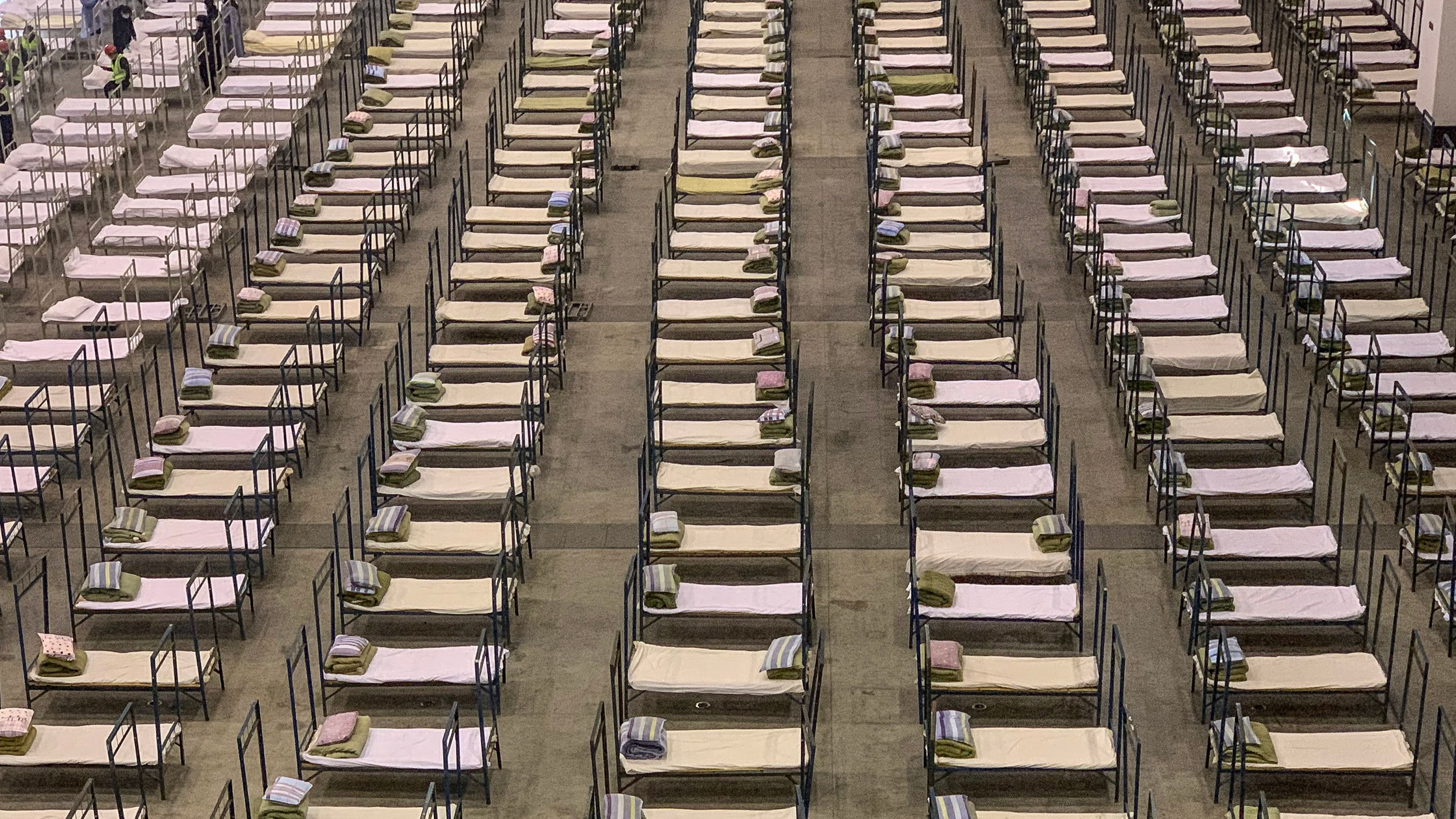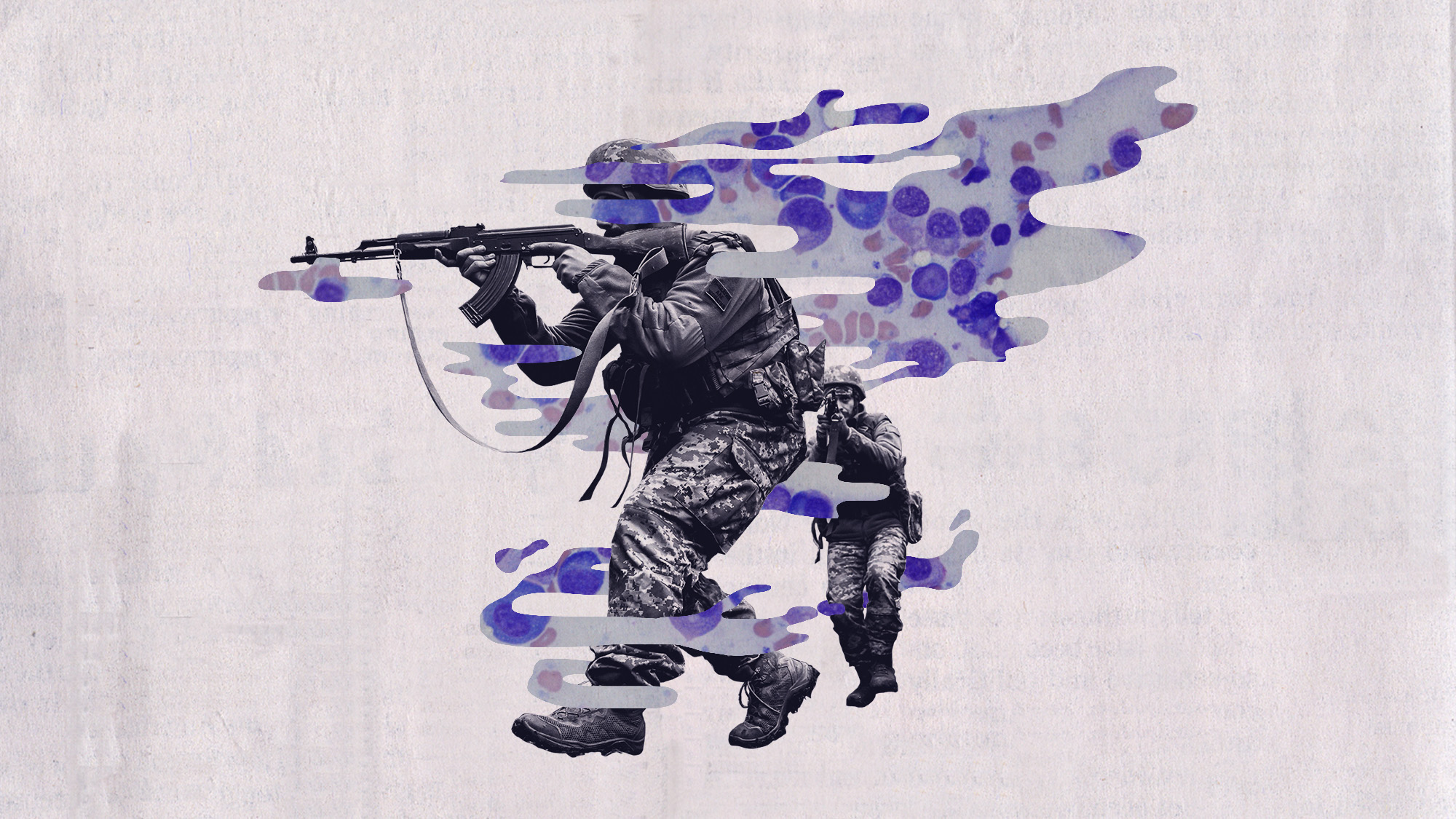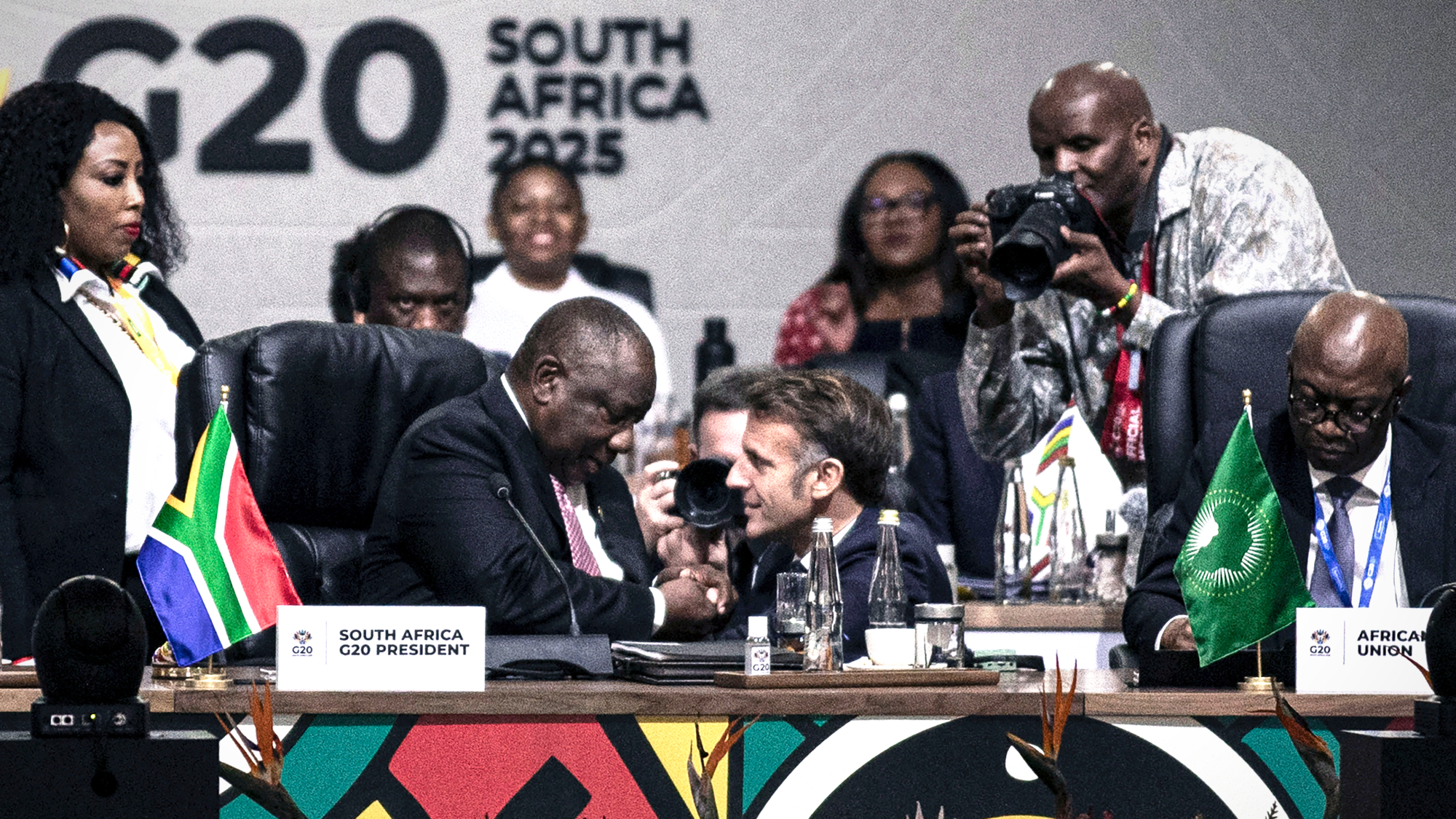Did China have four times more coronavirus cases than it reported?
Academics suggest shifting definition of Covid-19 may have obscured the number of infections

The true number of people infected in the first wave of coronavirus in China may be four times the official figures, according to researchers.
Mainland China reported more than 55,000 cases as of 20 February but, according to research published in medical journal the Lancet, the figure may be closer to more than 232,000.
Academics at Hong Kong University’s school of public health say that the discrepancy could have been avoided if “the definition of a Covid-19 case that was later used had been applied from the outset”, according to The Guardian.
The Week
Escape your echo chamber. Get the facts behind the news, plus analysis from multiple perspectives.

Sign up for The Week's Free Newsletters
From our morning news briefing to a weekly Good News Newsletter, get the best of The Week delivered directly to your inbox.
From our morning news briefing to a weekly Good News Newsletter, get the best of The Week delivered directly to your inbox.
Latest figures say that China has had 83,876 cases. But can we trust China’s official reporting?
Is China telling the truth?
Beijing has faced considerable criticism over its handling of the crisis, which has also seen complaints levelled at the World Health Organization for its willingness to trust China’s coronavirus figures.
The estimates made by Hong Kong university puts more pressure on China over its official reporting. The study points out that the country’s national health commission issued seven different versions of a case definition for Covid-19 between 15 January and 3 March.
A free daily email with the biggest news stories of the day – and the best features from TheWeek.com
“If the fifth version of the case definition had been applied throughout the outbreak with sufficient testing capacity, we estimated that by 20 February 2020, there would have been 232,000… confirmed cases in China as opposed to the 55,508 confirmed cases reported,” the study says.
Larry Kudlow, director of the US National Economic Council, told White House reporters in February that he was “disappointed” by China’s apparent opaqueness around its handling of the outbreak.
“We are a little disappointed that we haven’t been invited in and we’re a little disappointed in the lack of transparency coming from the Chinese,” Kudlow said.
In a statement released last week, officials in Wuhan raised the city's official Covid-19 death toll by 50%, adding 1,290 fatalities. Wuhan officials attributed the new figure to updated reporting and deaths outside hospitals, insisting there was not an attempted cover-up.
Deaths linked to the virus outside hospitals, such as people who died at home, had not previously been recorded. This echoes the criticisms in the UK that deaths inside care homes are not being included in the government’s daily figures.
The “statistical verification” followed efforts by authorities to “ensure that information on the city’s Covid-19 epidemic is open, transparent and the data [is] accurate”, the BBC reports the statement as saying.
–––––––––––––––––––––––––––––––For a round-up of the most important stories from around the world - and a concise, refreshing and balanced take on the week’s news agenda - try The Week magazine. Start your trial subscription today –––––––––––––––––––––––––––––––
What about other countries?
Iran has almost 86,000 cases of the virus and more than 5,000 deaths 5,000 deaths, according to Johns Hopkins University data, making it one of the most heavily impacted nations in the world.
Iranian officials including President Hassan Rouhani have repeatedly “dismissed concerns raised by many Iranians over the handling of the outbreak, saying all the necessary measures to overcome the crisis have been taken”, reports Reuters.
The BBC, however, notes that there is “concern the true scale of the virus is being downplayed by the government and could rapidly get much worse”.
In a wide-ranging report on Iran’s handling of the crisis, the BBC says that doctors from three of the worst-hit provinces in Iran - Gilan, Golestan and Mazandarn - have said that there are “very few coronavirus testing kits, and medical supplies are limited.
This includes basic medicines, oxygen tanks, sterilised masks and protective scrubs and gloves”, indicating that Iran may be incapable of quelling a full-blown outbreak.
And North Korea?
Pyongyang’s insistence via state media that no one in North Korea is infected with coronavirus - despite the country’s lengthy border with China - has been met with scepticism by health experts.
South Korean news site Daily NK reported early in March that sources in the North claim that that virus may have killed dozens of people there since January.
“Sources say that the authorities are keeping statistics about people who have died with related symptoms or who are being quarantined, but that the information is being kept secret,” the site says.
As the BBC notes, North Korea is seen as “highly vulnerable to infectious diseases, and its healthcare system ill-equipped to deal with them”, meaning that an outbreak “would be devastating for a population already suffering from malnourishment and poor health”.
-
 Antibiotic resistance: the hidden danger on Ukraine’s frontlines
Antibiotic resistance: the hidden danger on Ukraine’s frontlinesUnder The Radar Threat is spreading beyond war zones to the ‘doorstep’ of western Europe
-
 ‘Capitalism: A Global History’ by Sven Beckert and ‘American Canto’ by Olivia Nuzzi
‘Capitalism: A Global History’ by Sven Beckert and ‘American Canto’ by Olivia NuzziFeature A consummate history of capitalism and a memoir from the journalist who fell in love with RFK Jr.
-
 Who will the new limits on student loans affect?
Who will the new limits on student loans affect?The Explainer The Trump administration is imposing new limits for federal student loans starting on July 1, 2026
-
 Hong Kong court convicts democracy advocate Lai
Hong Kong court convicts democracy advocate LaiSpeed Read Former Hong Kong media mogul Jimmy Lai was convicted in a landmark national security trial
-
 How Bulgaria’s government fell amid mass protests
How Bulgaria’s government fell amid mass protestsThe Explainer The country’s prime minister resigned as part of the fallout
-
 Pakistan: Trump’s ‘favourite field marshal’ takes charge
Pakistan: Trump’s ‘favourite field marshal’ takes chargeIn the Spotlight Asim Munir’s control over all three branches of Pakistan’s military gives him ‘sweeping powers’ – and almost unlimited freedom to use them
-
 Is Europe finally taking the war to Russia?
Is Europe finally taking the war to Russia?Today's Big Question As Moscow’s drone buzzes and cyberattacks increase, European leaders are taking a more openly aggressive stance
-
 Pushing for peace: is Trump appeasing Moscow?
Pushing for peace: is Trump appeasing Moscow?In Depth European leaders succeeded in bringing themselves in from the cold and softening Moscow’s terms, but Kyiv still faces an unenviable choice
-
 Femicide: Italy’s newest crime
Femicide: Italy’s newest crimeThe Explainer Landmark law to criminalise murder of a woman as an ‘act of hatred’ or ‘subjugation’ but critics say Italy is still deeply patriarchal
-
 Brazil’s Bolsonaro behind bars after appeals run out
Brazil’s Bolsonaro behind bars after appeals run outSpeed Read He will serve 27 years in prison
-
 South Africa wraps up G20 summit boycotted by US
South Africa wraps up G20 summit boycotted by USSpeed Read Trump has been sparring with South Africa in recent months